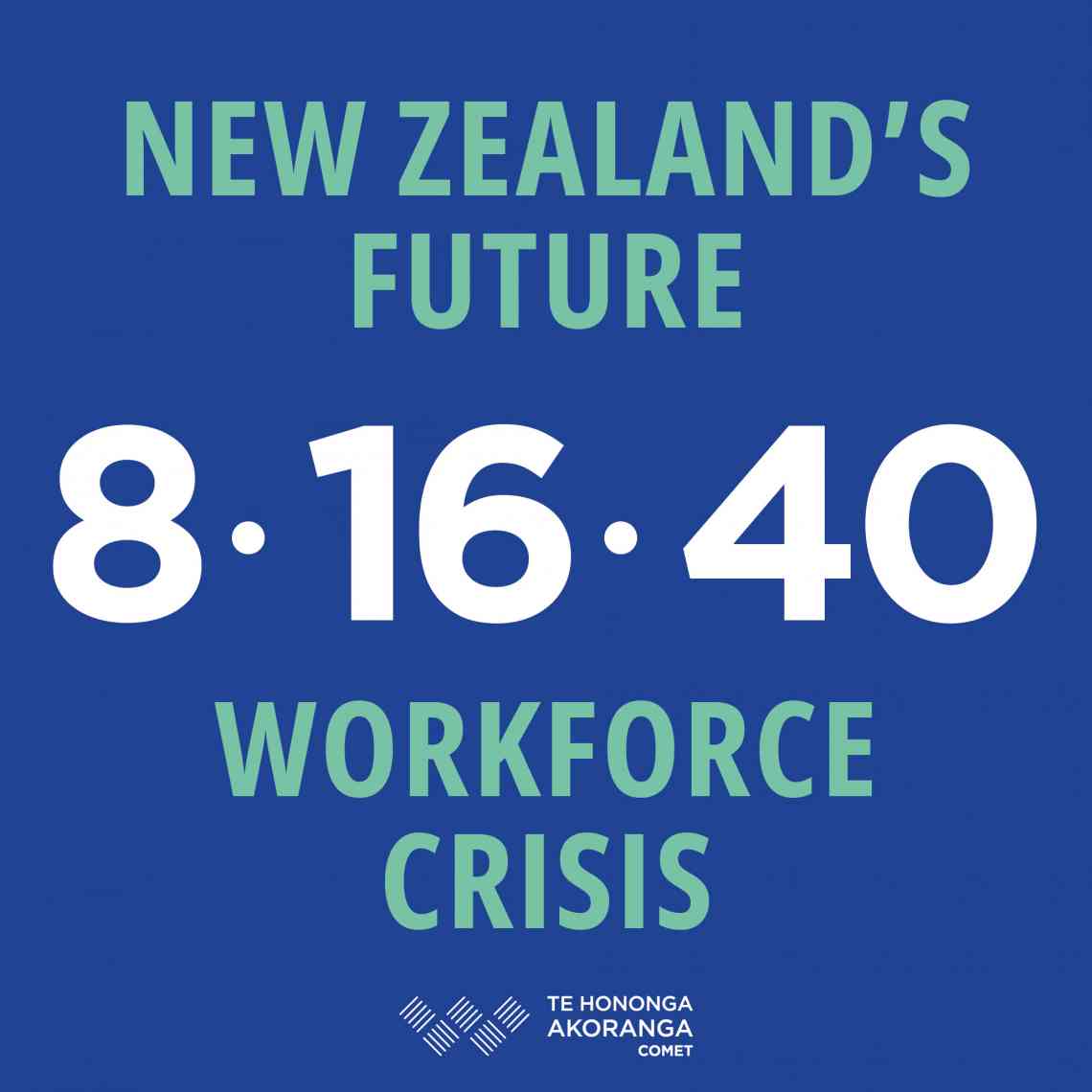Getting our Māori and Pasifika rangatahi engaged in STEM is critical
To solve the 8•16•40 Crisis, we need to ensure that Māori and Pasifika students can see themselves in STEM.
For too long, STEM education has been framed in ways that don’t reflect their histories, cultures or ways of learning. The Pacific Wayfinding case study below shows how science can be taught in a way that connects with identity and tradition.
By exploring the physics behind their Polynesian ancestors’ navigational techniques, students from McAuley High School and Ormiston Junior College saw firsthand how STEM is already woven into their cultural heritage.
This approach not only fostered a deeper engagement with science but also built pride and belonging — key ingredients for increasing Māori and Pasifika representation in STEM fields.
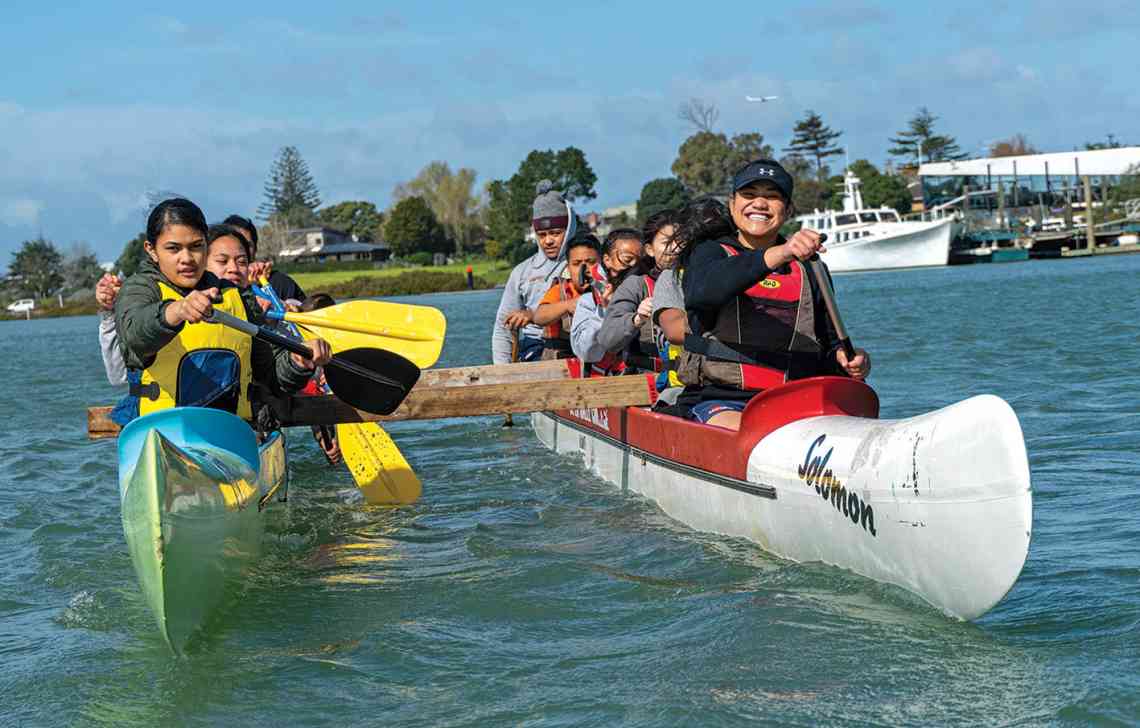
Pacific Wayfinding
As part of an effort in 2019 to foster an interest in science in their local community, Pasifika students from McAuley High School and Ormiston Junior College sought to understand how wave science informed the navigational methods of their Polynesian ancestors.
To answer their question, the students worked with experts on Polynesian wayfinding to gain a deeper understanding of their ancestors’ history and the methods they used to navigate across the Pacific Ocean.
The students visited the Manukau Outrigger Canoe Club and sailed around Auckland Harbour in a traditional waka crewed by expert sailors from Te Toki Voyaging Trust. The students were able to align the crew's traditional knowledge of wave motions with modern physics.
The students shared their knowledge through school newsletters, social media, a scientific report and a creative maze constructed to educate people about wayfinding. They also displayed their findings on visual boards, which they used as part of their presentation at the 2019 SouthSci Symposium.
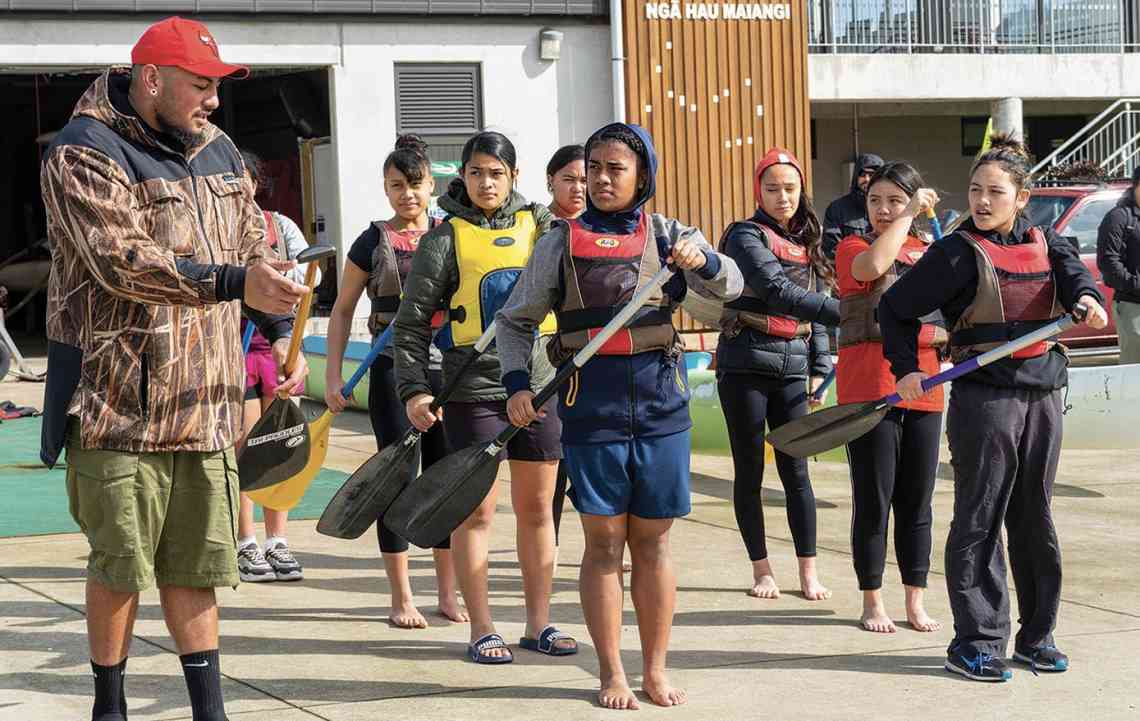
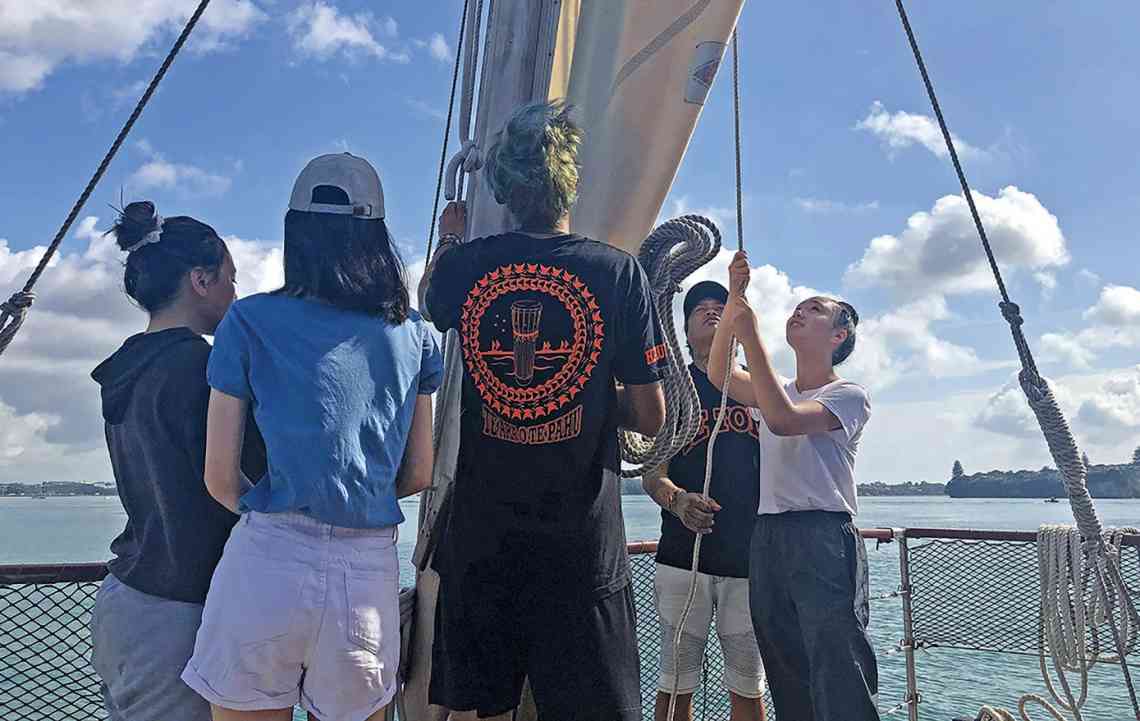
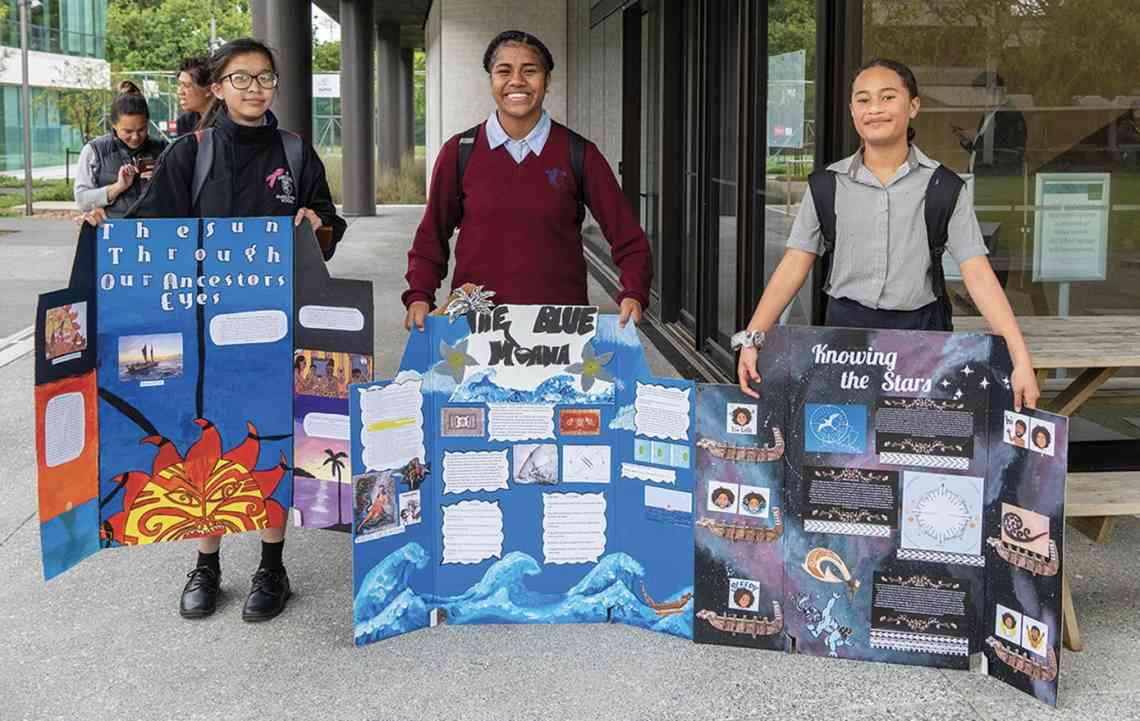
The maze was an interactive device that presented questions about wayfinding. It was based on the three main tools (sun, waves/swells and stars) that the Polynesian navigators used to travel around the ocean.
The maze also employed a Sphero robot coded to assist with learning about Polynesian navigation. If a user answered a question in the maze incorrectly, the device would prompt them with the correct answer so they could continue. This reflected how the ancestors had to learn from their mistakes to find their way across the ‘blue moana’.
By the end of the project, the students had learnt much about the science of traditional wayfinding, the rich stories that go with it, their Polynesian ancestors who used it and the fact that it continues to have relevance to this day — in navigating lives.
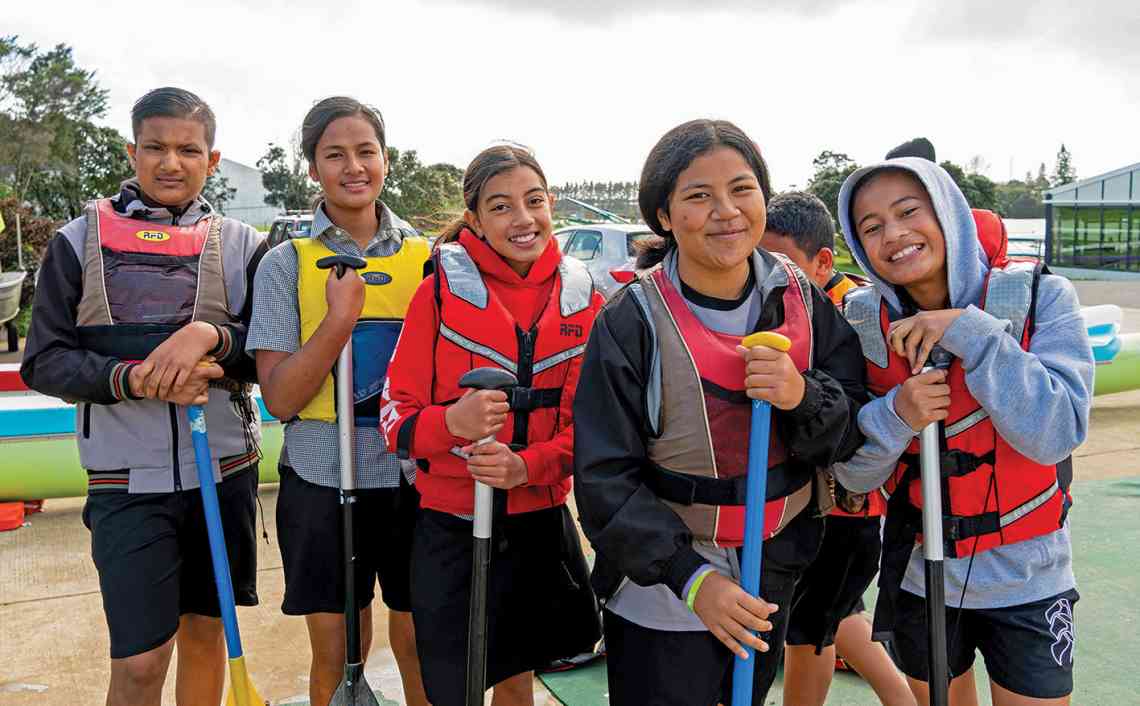
“It was a weird, shocking feeling knowing that the history we learn in school about the voyages is not the full story, that there are missing people: the Polynesian navigators.”
Melissa, student
McAuley High School
